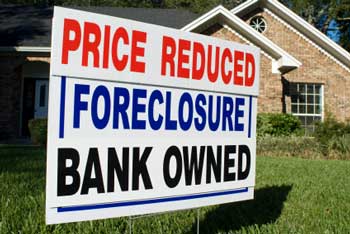
When the housing market began declining, many people claimed that adjustable-rate mortgages (ARMs) were the cause. However, recently they’ve been making a comeback, especially among affluent borrowers
- An ARM offers an introductory period in which the borrower pays a lower interest rate than with a fixed loan; after that, the rate can fluctuate up or down.
- With rates near historic lows, the safety of locking in a fixed-rate appeals to many borrowers. But these borrowers are paying a premium for that security. The spread between rates on 30-year fixed-rate mortgages and the most-popular ARMs now stand at about one percentage point, more than double the difference just five years ago.
- That means that homeowners who are planning to either move or pay off their mortgage over the next few years can save big with an ARM.
- Borrowers can determine if an ARM is the right loan option for them by looking at their financial situation and the terms of the ARM. ARMs carry risks in periods of rising interest rates, but can be cheaper over a longer term if interest rates decline. An ARM may be a good option to consider for borrowers who plan to own the home for only a few years, expect an increase in future earnings, or the prevailing interest rate for a fixed-rate mortgage is too high.
- Before deciding to apply for an ARM, borrowers should consider if their income is likely to rise enough to cover higher mortgage payments if interest rates increase; whether they will be taking on other sizable debts such as car loans or school tuition in the near future; how long they plan to own the home; and whether their mortgage payments can increase even if interest rates generally do not increase.
Related articles
For all your real estate needs
Email or call today:
John J. O’Dell Realtor® GRI
Civil Engineer
General Contractor
(530) 263-1091
Email jodell@nevadacounty.com
DRE#00669941











